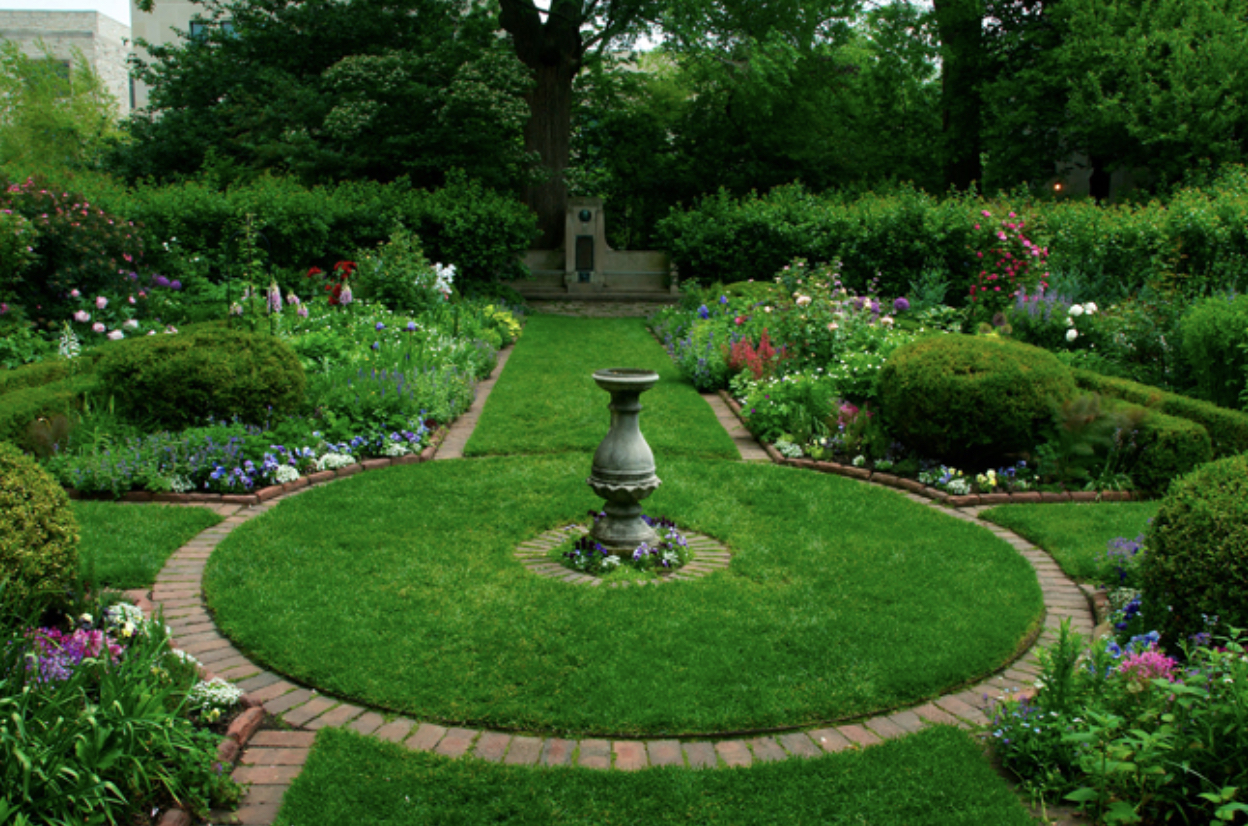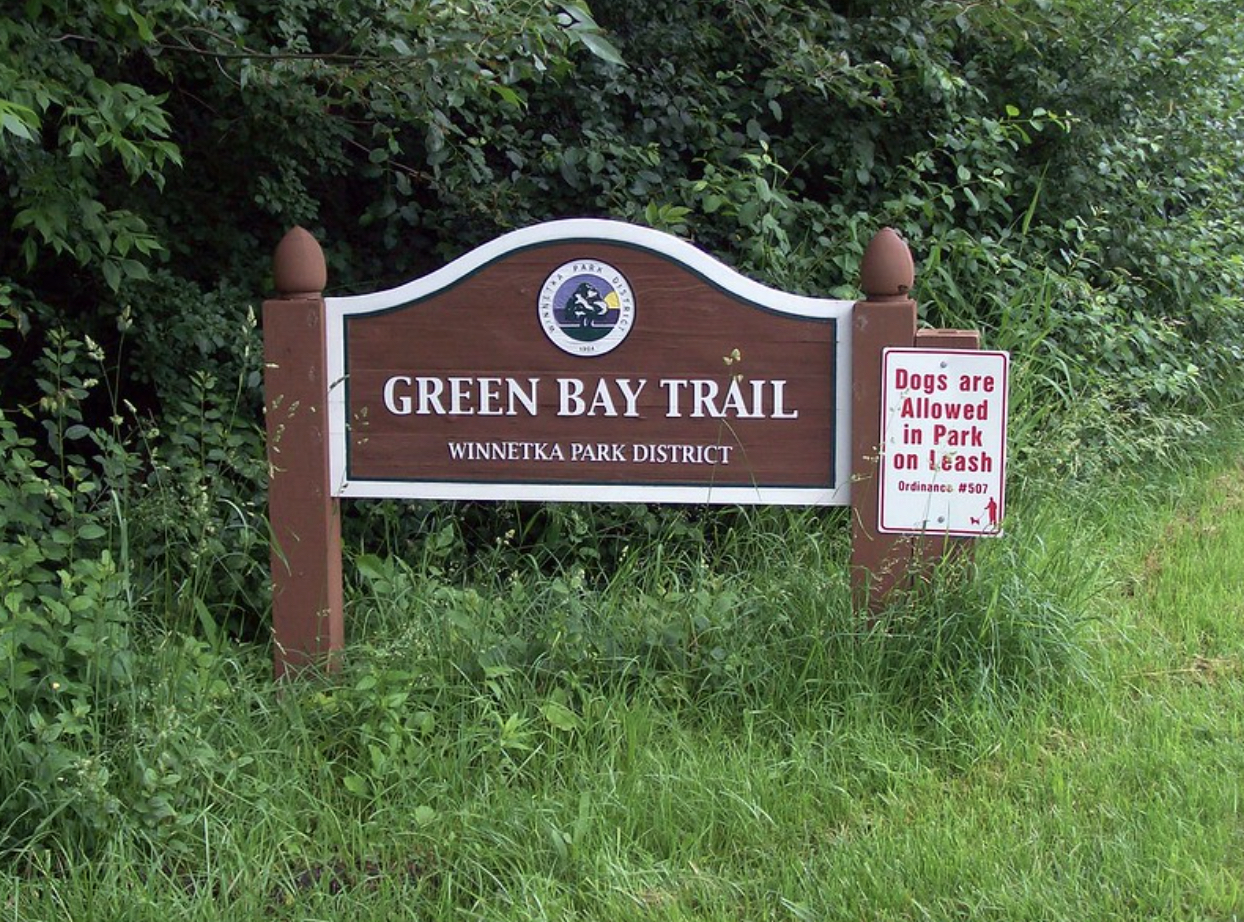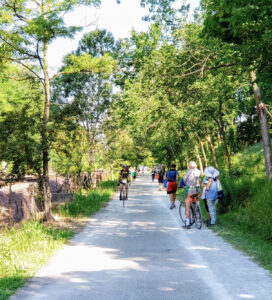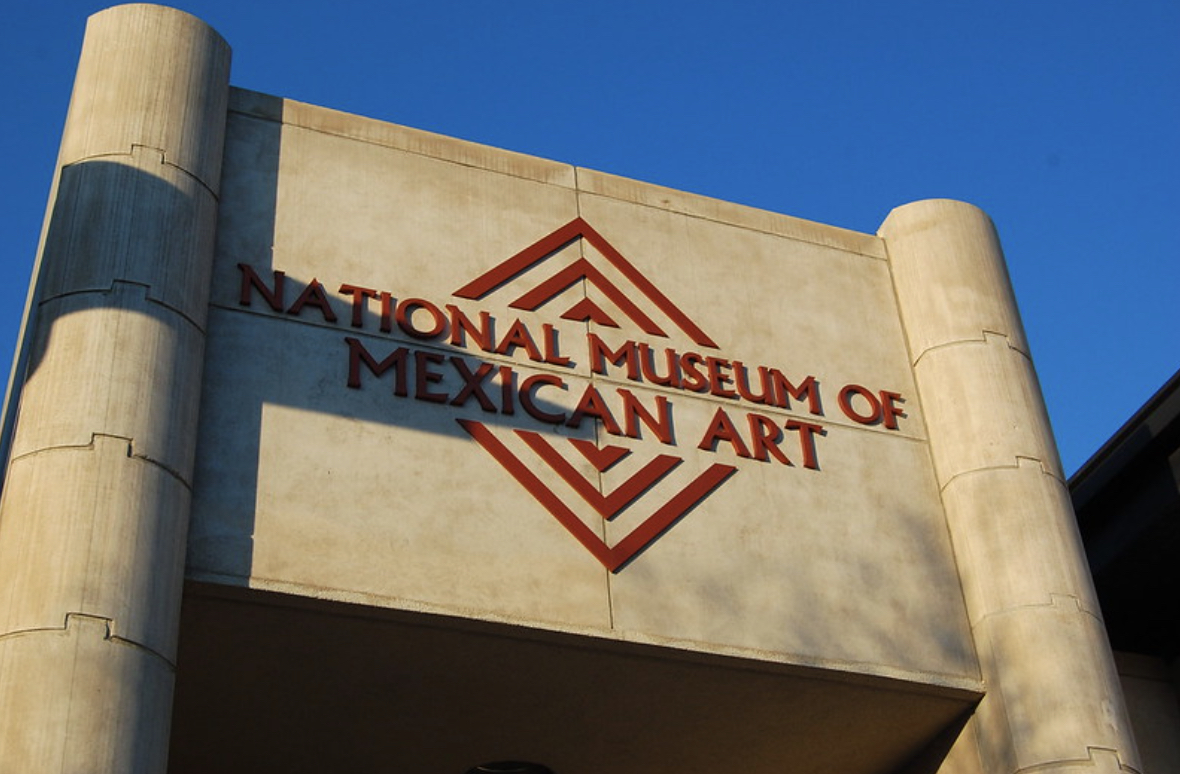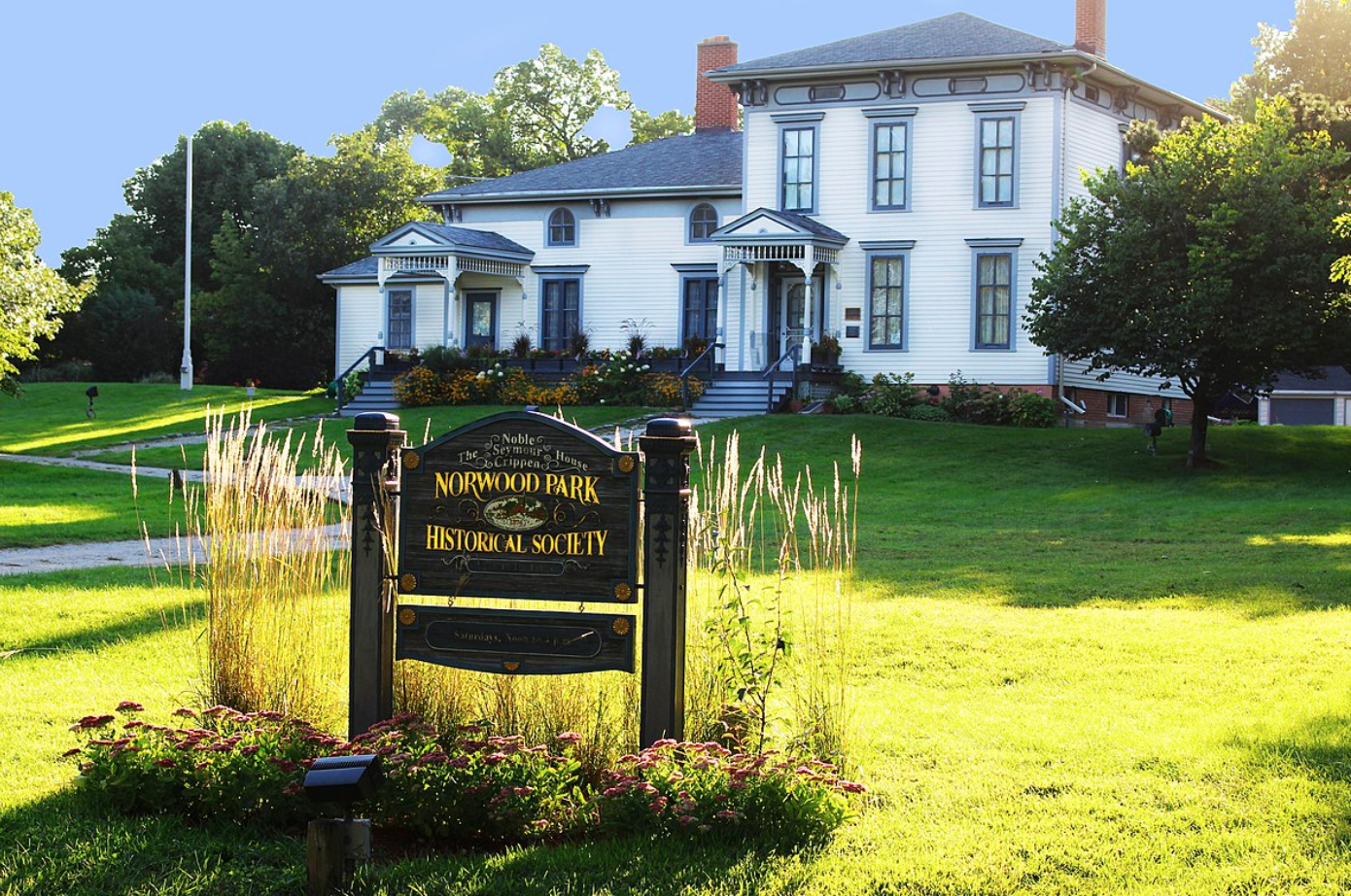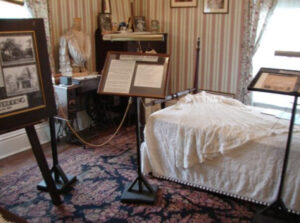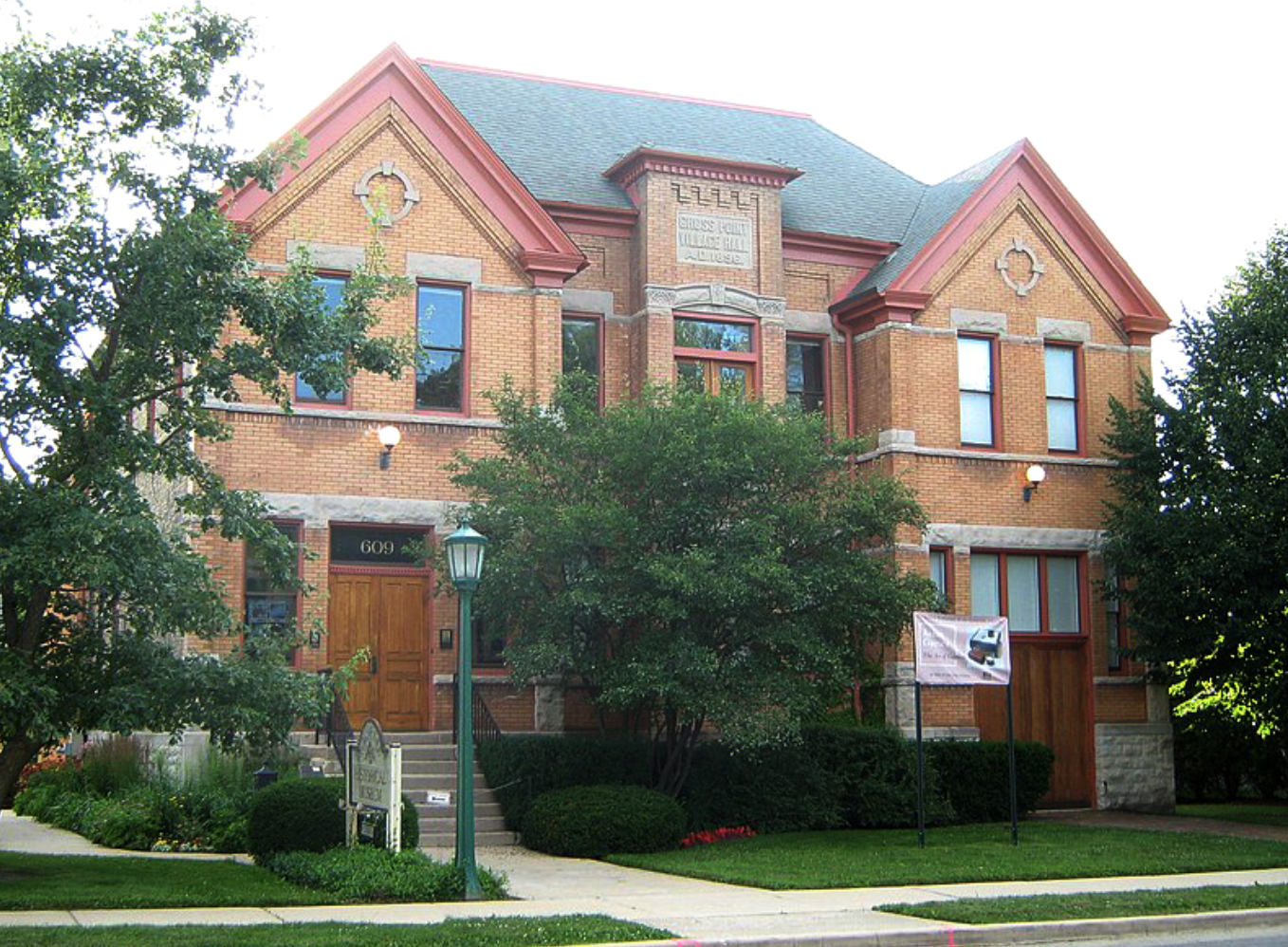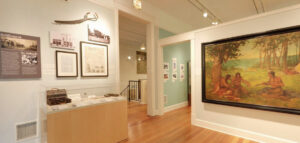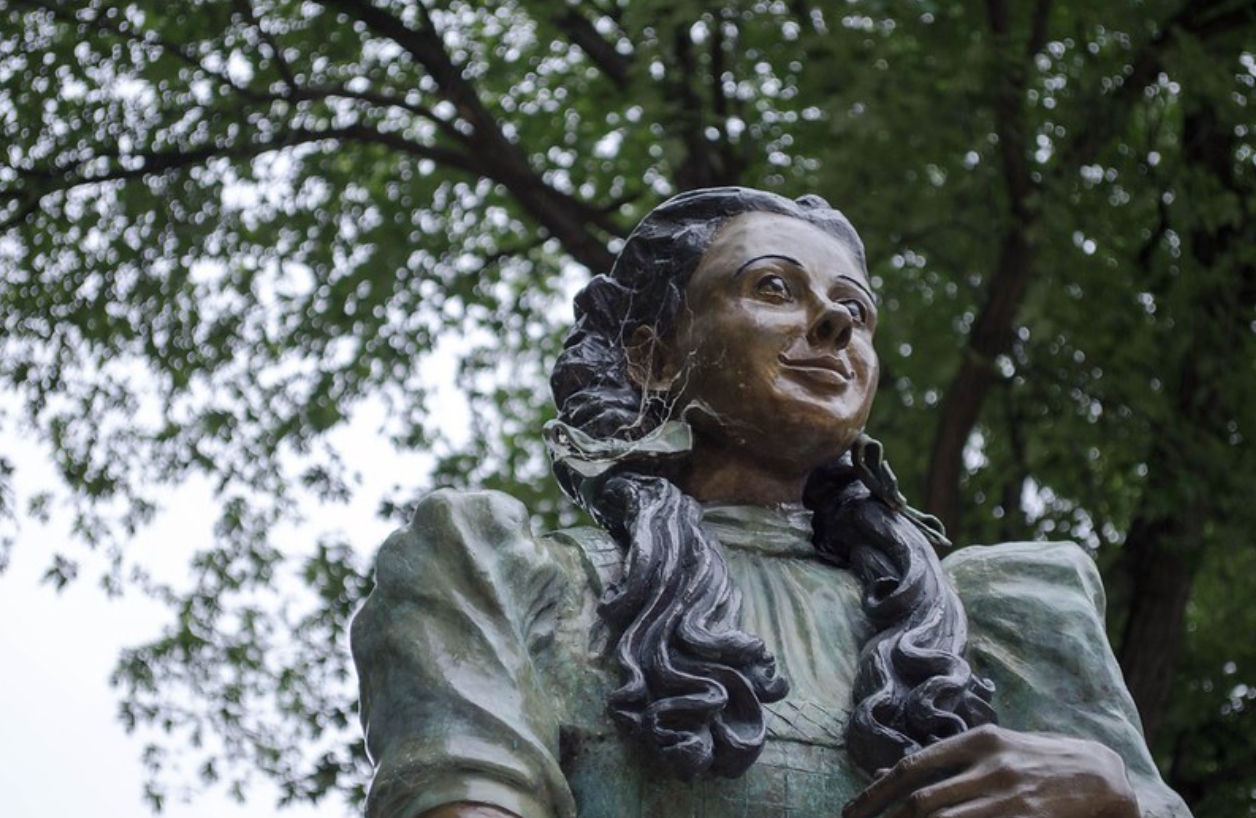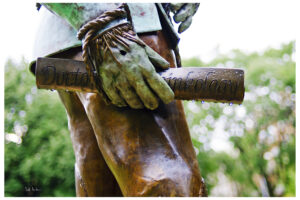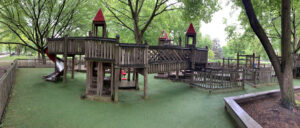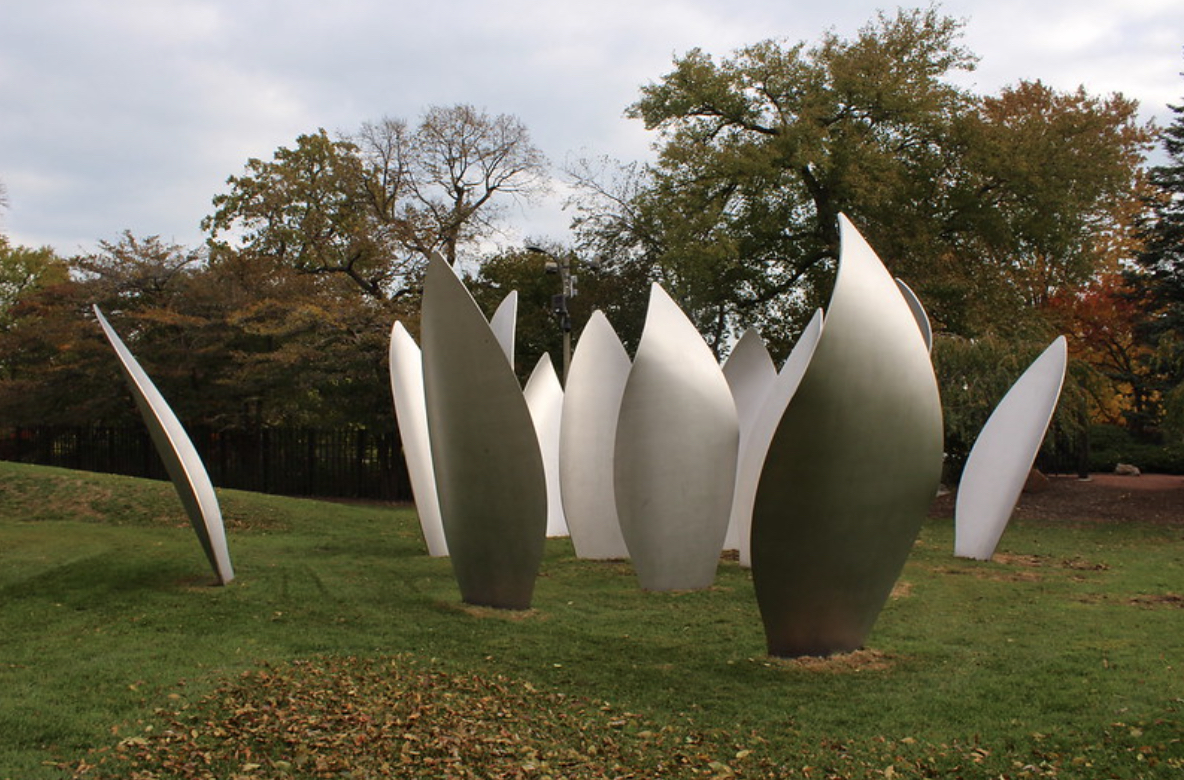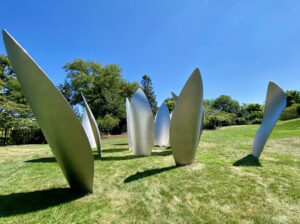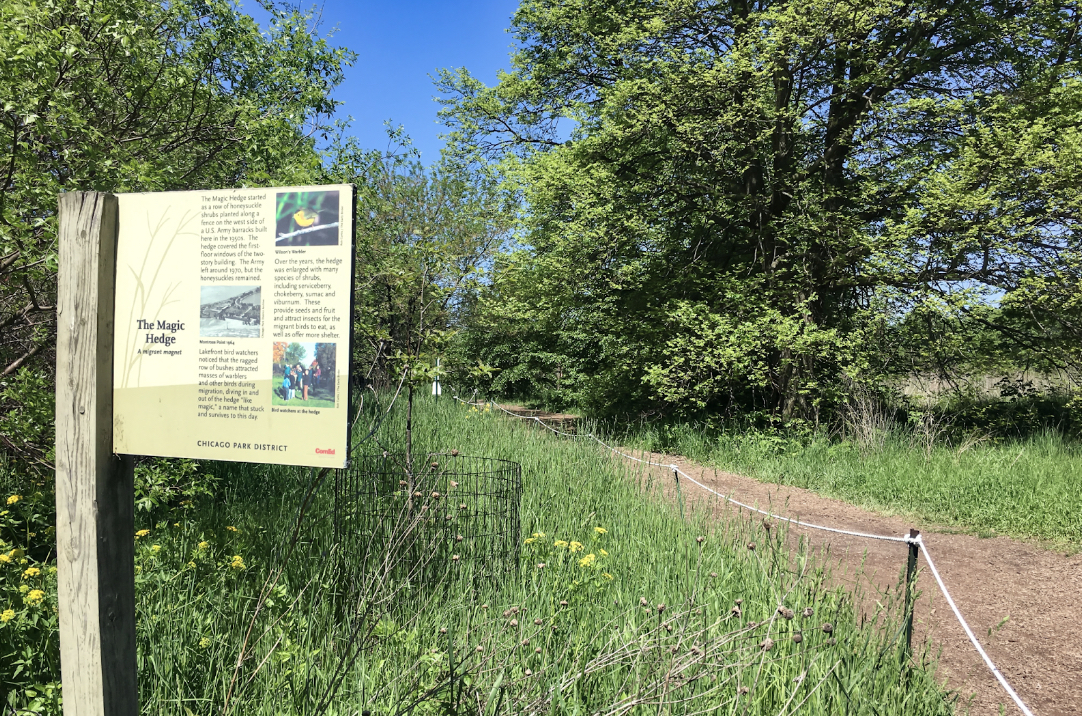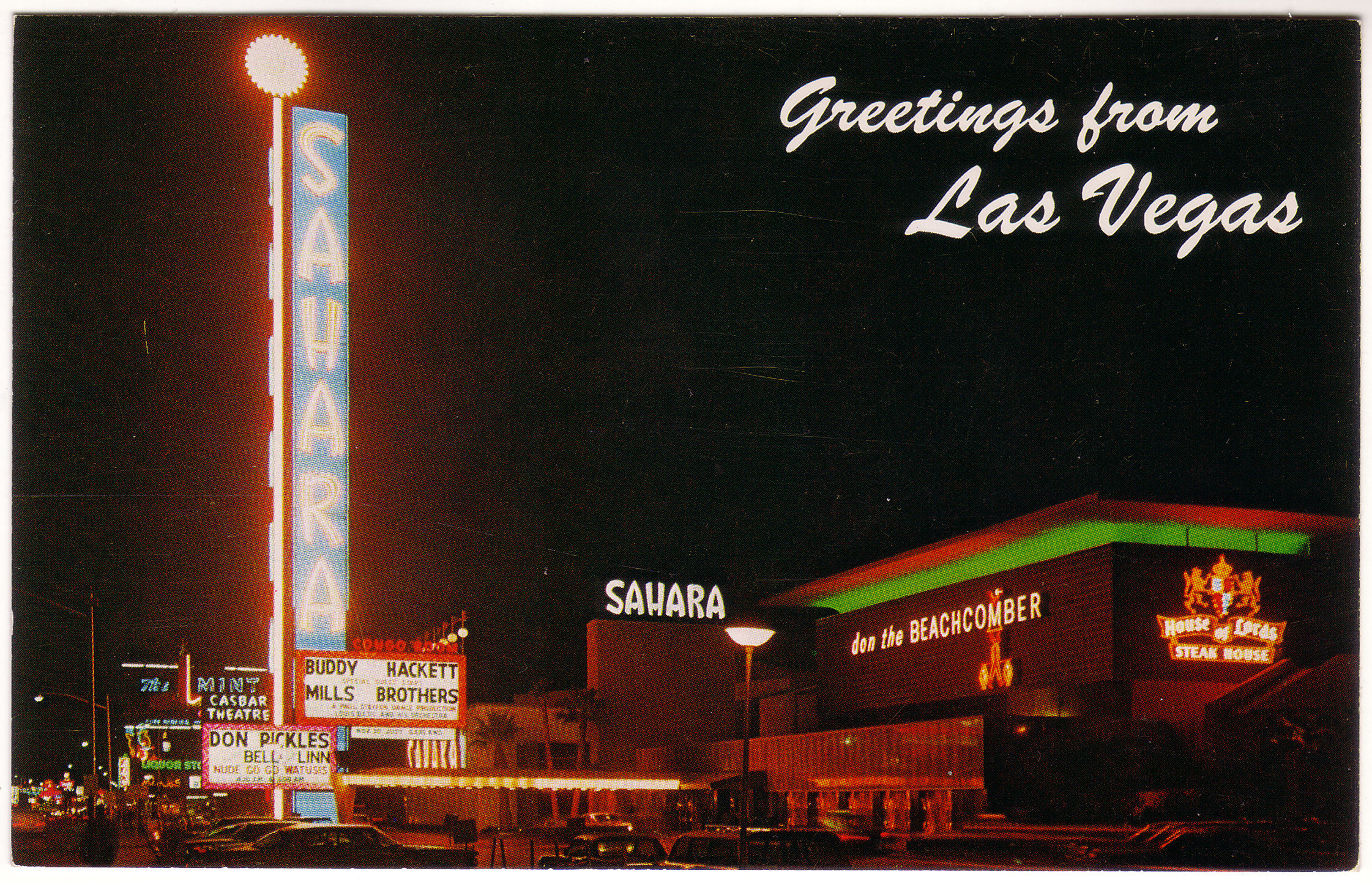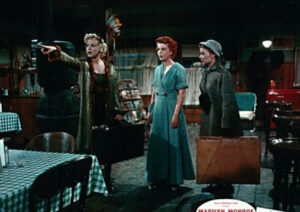With Optima’s passion for having nature within reach, it’s no wonder that we are drawn to sumptuous gardens in and around the communities where we build. Imagine our delight in discovering the Shakespeare Garden on the Northwestern University campus, with its rich mix of history and modernity.
Planted in 1917, the Shakespeare Garden has had its home on Northwestern’s Evanston campus for over a century. Emerging from the vision of The Garden Club of Evanston members, it was crafted both as a wartime gesture of solidarity with Britain and to commemorate the 300th anniversary of Shakespeare’s passing.
Measuring 70 by 100 feet, this garden sits just north of the Frank W. Howes Memorial Chapel, bordered by hawthorn hedges that create an intimate haven. As you enter, the garden reveals a curated collection of flora mentioned in Shakespeare’s works. From fragrant lavender and vibrant marigolds and daffodils in Winter’s Tale, to the rosemary and pansies in Hamlet.
Jens Jensen, the illustrious Danish-American landscape architect, brought this garden to life. Known for his influential works on Chicago’s West Side, including Garfield Park and Columbus Park, Jensen took inspiration from Sir Francis Bacon’s essays on gardens. On entering the Shakespeare Garden, you are greeted by two Hawthorn trees, symbolic bridges between the Prairie and the garden. These trees, along with the foundational hawthorns that germinated from French seeds, have stood the test of time, providing a consistent backdrop to this historic site.
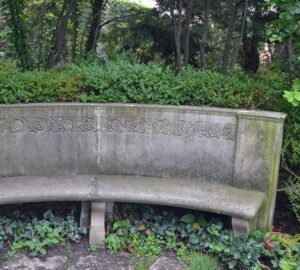
Over the decades, the Shakespeare Garden has seen numerous enhancements. In 1929, an Elizabethan-style stone bench and a captivating fountain became part of this serene landscape. The fountain, a generous donation by architect Hubert Burnham, showcases a bronze relief of Shakespeare’s visage crafted by the French-American sculptor, Leon Hermant. Further augmentations followed, including the addition of a sundial in 1990 and later, a reshaping of the garden’s layout based on the recommendations of the English garden designer, John Brookes.
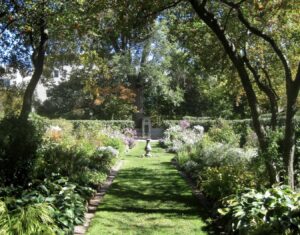
Brookes’ suggestions, which included moving the sundial to the garden’s center and adding antique brick edging, have given the garden a touch reminiscent of traditional English gardens. This shift also marked the garden’s evolution from a knot garden to a more fluid, perennial-focused design.
Northwestern’s Shakespeare Garden is not only a place for quiet reflection but also a venue for countless weddings, tours, and cherished moments. It’s entirely free and open to the public, but special tours and events may have to be scheduled.
